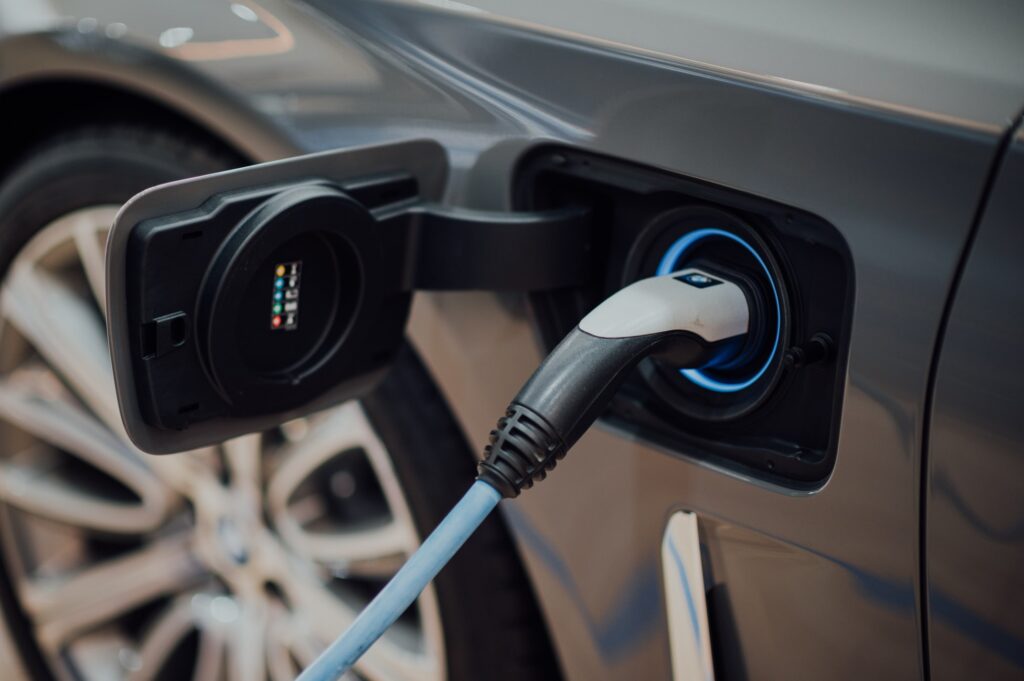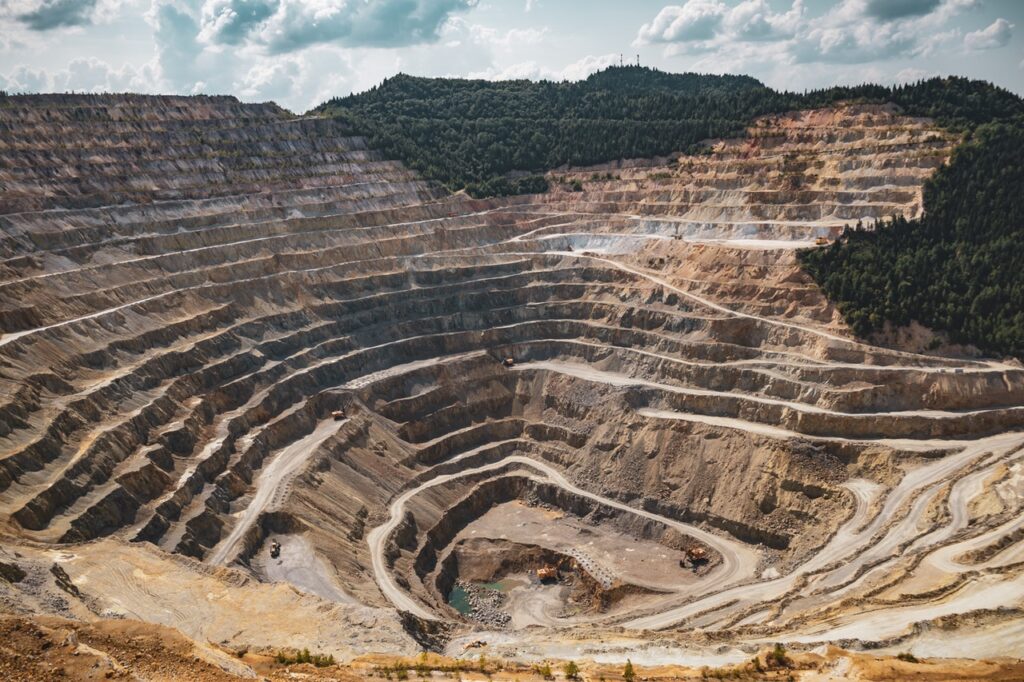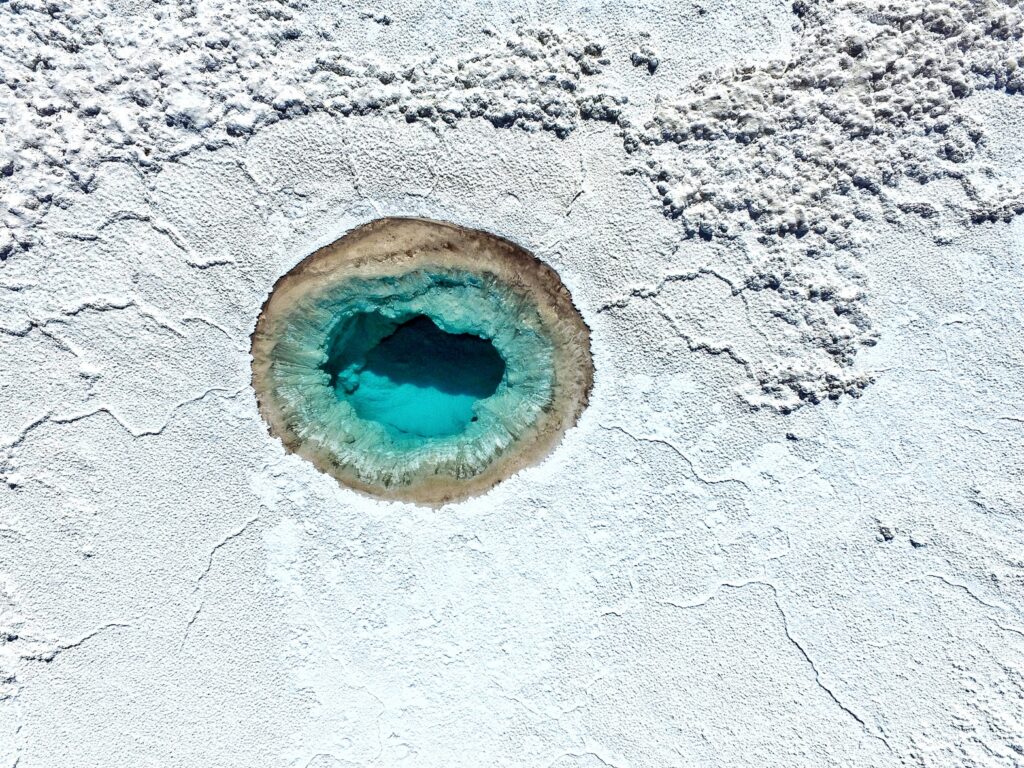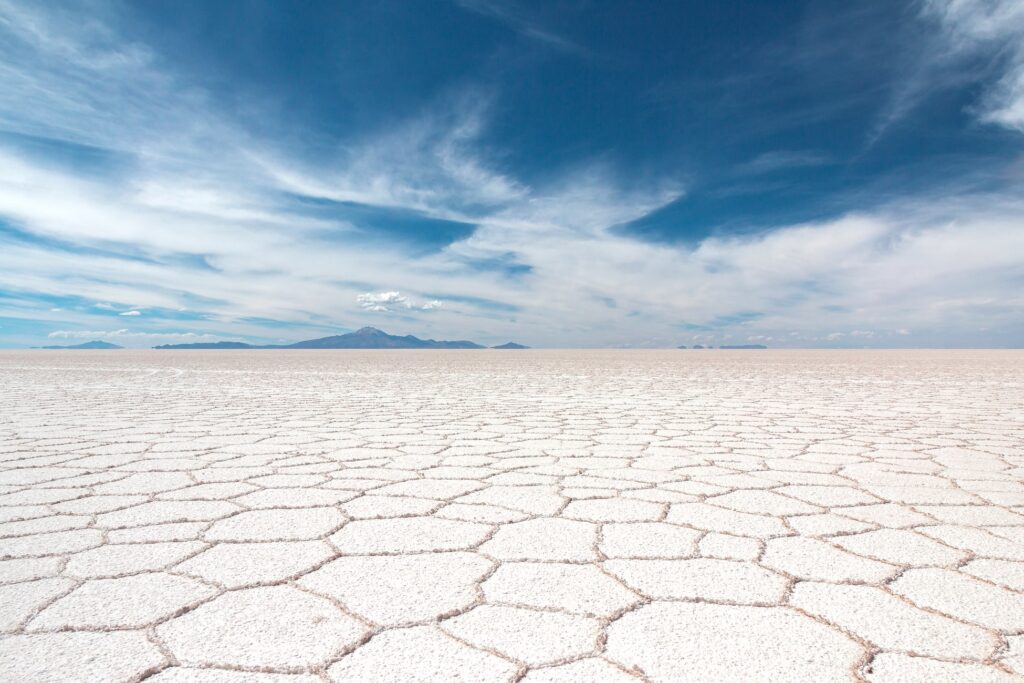Lithium: the lightest of the solid elements, the metal of the future. The massive lithium mining is not sustainable, yet it’s the basis of the “green” electricity turn.
The batteries that power electric cars, as well as our electronic devices (smartphones, tablets and PCs) are lithium-ion. This chemical element is an alkali metal used in energy accumulators for its precious power-to-weight ratio and for its ability not to disperse large quantities of charge when not in use.
The future of electric vehicles depends on the availability of lithium.

The Lithium paradox:
The longed-for shift to green mobility is becoming a reality, more and more rapidly.
Netherlands, France, Germany and UK aim to ban sales of diesel and petrol cars by 2040. The Chinese government imposes a percentage of electric vehicle production on its car manufacturers. India is committed to selling only battery-powered cars by 2030.
Electric cars, since they don’t use fossil fuels, obviously don’t cause pollutant emissions. However, the paradox is that producing lithium-ion batteries may pollute more than diesel and petrol. Basically, the increase in lithium mining and production may lead to a worsening of CO2 emissions in the medium term. Thus, the result would be opposite to the purposes for which the energy transition is being implemented.
According to the latest study by the mining analysis giant Roskill, the increase in demand for lithium could triple CO2 emissions by 2025, and even by 6 times by 2030.

A resource currently unsustainable:
So, when we talk about the unsustainability of Lithium, what exactly are we talking about?
This metal is abundant and traces of it are found in various minerals. However, the vast majority are concentrated in South America, especially Bolivia, Chile, and Argentina. If up to the 1990s lithium was extracted from rock, with Australia and China as leading producing countries, today the extraction from salt deposits has taken over, as it’s much cheaper.
In Chile, two million litres of water are required for every tonne of ore extracted. The water imbalance is causing rivers and aquifers to dry up, jeopardising ecosystems that are even home to protected species. It’s happening in the oasis of the Atacama basin.

The wetlands and oasis of the Atacama basin set the temperature of the desert and capture CO2. They are living weapons against climate change. Therefore, the unrestrained extraction of lithium is highly harmful, and causes drought, desertification and water pollution.
Another country aiming to base its economic growth on lithium is Bolivia. Its magical and famous Salar de Uyuni is considered one of the largest reserves in the world, with its 5.4 million tons of lithium. However, the economic benefits are not even close to repay the environmental and social damage caused by mining.
The salt desert is a destination for 90% of Bolivian tourism. If mining was to multiply, it would be irreparably spoiled.

There are several possible solutions to reduce the impact of massive lithium mining.
Let’s start with the transparency obligation for lithium batteries manufacturers in order to guarantee a supply chain free of environmental and social exploitation. It seems obvious, but it’s not. Who among us has ever wondered where the components of our smartphone come from?
Besides, it will be necessary to increase the efficiency of batteries by reducing the amount of lithium required, as well as concretely improving the recycling of spent batteries. Then, if we consider the source, the extraction itself can be carried out by less invasive methods, for example by obtaining lithium from “brines” and “clays“.
We’re wondering: how is it possible that a green solution can come from a polluting source? The answer is that in a world where few people ask questions, the truth is pending, and we could all be mistaken.
Keep being curious!





